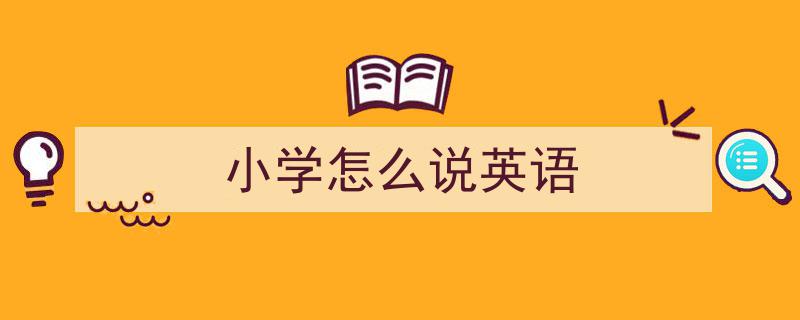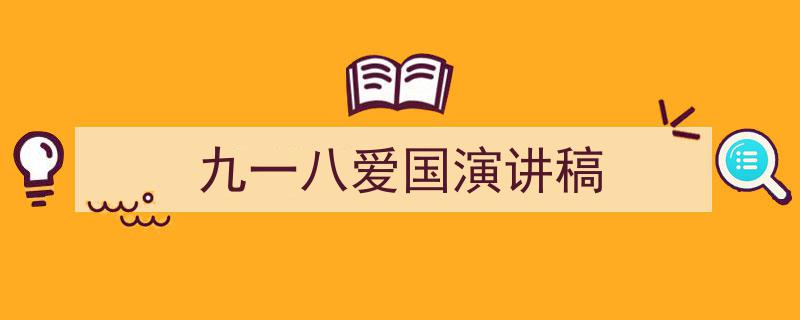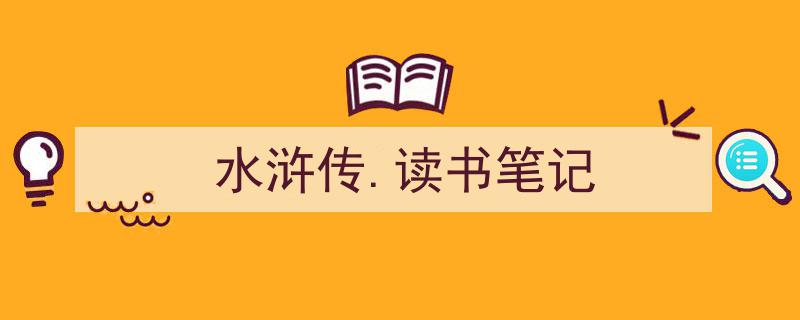欢迎来到58原创网网
3招搞定《译林牛津小学英语3b》写作。(精选5篇)
更新日期:2025-08-28 13:15

写作核心提示:
这是一篇关于如何写好译林牛津小学英语3B作文的建议,主要面向该年龄段的学生:
"写好译林牛津小学英语3B作文的几个关键点"
牛津小学英语3B的作文,通常是孩子们正式接触英语书面表达的开端。虽然内容和要求相对简单,但掌握好基本的方法和注意事项,对于培养语感和建立写作信心至关重要。以下是一些需要特别注意的事项:
"1. 仔细审题,明确要求 (Read the Prompt Carefully)"
"看懂题目:" 首先要能看懂题目或者图片提示,理解你要写什么内容。比如,题目是"My Family",就要想到要写谁,他们是谁,可能是什么样子的。 "抓住关键词:" 找出题目中的关键词,这些词通常是你写作中必须包含的。例如,如果题目是"A Trip to the Park",关键词就是 "Trip", "Park"。 "理解数量要求:" 注意题目是否规定了句子数量或单词数量(虽然3B阶段可能较少强调数量,但概念要懂)。
"2. 紧扣主题,内容相关 (Stay on Topic)"
"不要跑题:" 写的内容一定要和题目要求的一致。比如,题目是"My Best Friend",不能写很多关于家人或者老师的内容。 "围绕中心句展开:" 通常一篇小短文会有一个中心句(
小学英语教材《牛津小学英语四年级上册(译林版)》打包送给你
今天,宝典儿分享的资源是:
小学英语《牛津小学英语四年级上册(译林版)》
本教材目的是提升孩子英语和激发孩子学习兴趣,培养他们学习英语的积极态度,建立学习英语的自信心。
《牛津版小学四年级英语上册》剧情简介:本教材是经全国中小学生教材审定委员会审定通过的九年制义务教育课本,牛津上海版面教学丛书,英语四年级第一学期(4A)。教材由人民教育出版社于2002年出版,适合小学阶段的教育使用。
译林出版社和牛津大学出版社根据国家基础教育英语课程标准的精神联合编写了《牛津小学英语》(Fun with English)。
《牛津小学英语》先后于2001年3月和2002年6月经教育部全国中小学教材审定委员会审查通过,成为首批向全国推荐的小学英语教材之一。
《牛津小学英语》按每周期3一4课时(每课时35一40分钟)的容量编写,共八册,供小学三年起开设英语课的学校使用,每学期一册。
《牛津小学英语》三年级的3A和3B两册以听说为主,四年级起的4A至6B六册地继续重视听说的同时,逐步渗进读写要求。
《牛津小学英语》共出现了900多个单词和一些习惯用语、20多个话题、约40个语言功能项目以及一些最基本和语言结构。
译林版丨七年级英语下册Unit 5 知识点总结!
七年级英语下册Unit 5 Amazing things
一、重点句子及语法
1. amazing adj. 令人吃惊的,惊人的 (指物)
amazedadj.感到惊讶的 (指人)
surprised & surprising excited & exciting interested & interesting tired & tiring
2. Fish sleep with their eyes open. 鱼睁着眼睛睡觉。
with+名词+形容词/介词短语 在句中做伴随状语 with light on with door open
with引导的介词短语还可以在句中做定语,其反义词为without (without sth./doing sth.)
with 还可以表示“用”
draw 3-D pictures with chalk 用粉笔画3D图画
3. Our eyes are the same size from birth, but our nose and ears never stop growing.我们的眼睛和出生时一样大,但是我们的鼻子和耳朵从没有停止生长。
the same size一样的尺寸
look the same看起来一样
stop doing sth.停止做某事
stop to do sth. 停下来去做另一件事
stop sb. from doing sth.阻止某人做某事
Stop________(talk)! Let’s begin our class now.
I’m too tired. Let’s stop_________(work)__________(have) a rest, shall we?
4. The sun is about 1,300,000 times larger than the Earth. 太阳的体积大约是地球的130万倍。
I am two years older than my sister.我比我妹妹大两岁。
My brother is five centimeters taller than me .我哥哥比我高5厘米。
5. reply (replies/replied) reply to sb. /sth. 对……作出 = answer sb./sth.
He failed to reply to my question. 他没能我的问题。
6. hear 、listen、 sound辨析
hear of 听说
hear 强调听到的结果或内容,listen强调听的过程 sound听起来,是系动词+adj.
Did you _______ anything strange?
_______ to the teacher carefully in class.
Your idea ________ good.
7.leave (left)
(1) leave v.离开. leave +出发地+for+目的地 (2)leave sth.+地点( 把……遗忘在某地)
8.happen (偶然)发生 .
sth happened to sb 某人发生某事
sb. happen to do sth. 某人碰巧做某事
9.search v.搜寻
search for =look for =hunt for寻找(强调过程)
search +地点+for+物 在某个地方找某物
10. surprised adj.吃惊的
surprise vt.使……惊讶 或作n.惊喜,令人惊讶的事
be surprised to do sth. 做某事很惊讶
be surprised at sth.对某事(物)感到惊讶
to one's surprise使某人吃惊的是,作插入语。
eg. To his surprise, he failed the exam.
11. He can write with one hand and draw with the other at the same time.他可以同时一只手写字,另一只手画
one……the other……“(两者中的)一个……另一个……”
other adj. 其他的 +复数名词 常用
others在具体语境中指代“其他的人或事物”
another adj.& adv. 另一,又一 强调“再,又”
the others 在具体的语境中特指其他的人或事物
eg. We should be friendly to_________ people.
练一练:
Mr. Sun has two sons. One is a doctor, _________ is a teacher.
There are many beautiful flowers on___________ side of the river.
Students shouldn’t copy __________ homework.
I will be busy tomorrow. Let’s make it ________ time.
Some of the students are hard-working, but how about ___________?
12. I am not afraid of animals any more
= I am no more afraid of animals. 我不再害怕动物了。
not……any more 不再,再也不……
You shouldn’t play computer games any more.你不应该再玩电脑游戏了。
二、重点短语与句型
1.look at the bright lights on the plane 看看飞机上的亮灯
2.as usual 和平常一样
say(said) to himself 他自言自语
3. on one’s/ the way to sp. 在去某地的路上 on one’s/ the way home/ here/ there
4. pick up pick it/ them up 捡起、拾起
5.run away quickly 迅速逃跑
live on the ground 生活在陆地上
6.travel around the world by bicycle 骑自行车环游世界
7.a man called/named+姓名 一个名叫……的人 stop for meals停下来吃饭
8.become popular all over the world 在全世界变得很受欢迎
9. at least至少
turn around 转身
turn on/off 打开/关掉
turn up/down 把声音调大/调小
10. as large as和…一样大
be weak in sth. 在某方面差
stranger 陌生人
三、语法复习
一般过去时(I)
I、一般过去时的基本用法
1、带有确定的过去时间状语如:yesterday, yesterday morning, two days ago, last year, the other day(前几天),once upon a time(从前), just now(刚才), in the old days(过去的日子里)等时要用过去时。如:
Did you have a party the other day? 前几天,你们开了晚会了吗?
2、表示过去连续发生的动作时,要用过去时。这种情况下,往往没有表示过去时间的状语,而是通过上下文表示。如:
First I finished my homework. Then I played the piano. Next I watered the plants. After that, I watched a film on TV with my father. 首先我完成了作业,接着我弹了钢琴,然后给植物浇了水,那以后我和父亲在电视上看了一部电影。
3、表示过去一段时间内经常或反复的动作,常与always, never连用。如:
Mrs Green always carried an umbrella. 格林太太过去老是带着一把伞。(说明是过去的动作,不表明她现在是否带着伞)
II、动词过去式的构成规则
(1)规则动词的过去式的构成
①在动词原形后直接加ed。如:listen―listened
open―opened
finish―finished
②以不发音的e结尾的加d。如:
like―liked close―closed use―used
③重读闭音节末尾仅有一个辅音字母的,先双写这个辅音字母,再加ed。如:
drop―dropped
plan―planned
stop―stopped
④以辅音字母+y结尾的,先变y为i再加ed。如:
worry―worried study―studied
(2)不规则动词的过去式
cost―cost
put―put
come―came
ring―rang
make―made
send―sent
do―did
buy―bought
一般过去时的用法简介:
a. 表示过去的动作或状态,常和明确的过去时间状语连用,如:yesterday, the day before yesterday, last week, three days ago, in 1998,just now, the other day等,或与由when引导的从句。
b.不规则动词的过去式需牢记下面的表
声明:整理自网络
文章说明
本站部分资源搜集整理于互联网或者网友提供,仅供学习与交流使用,如果不小心侵犯到你的权益,请及时联系我们删除该资源。






